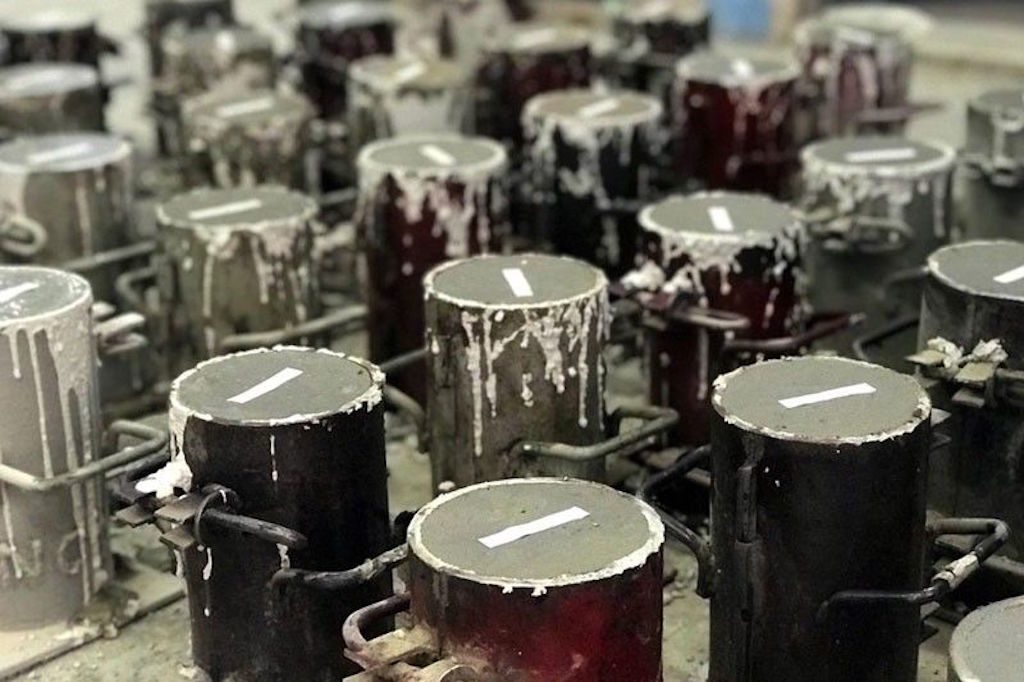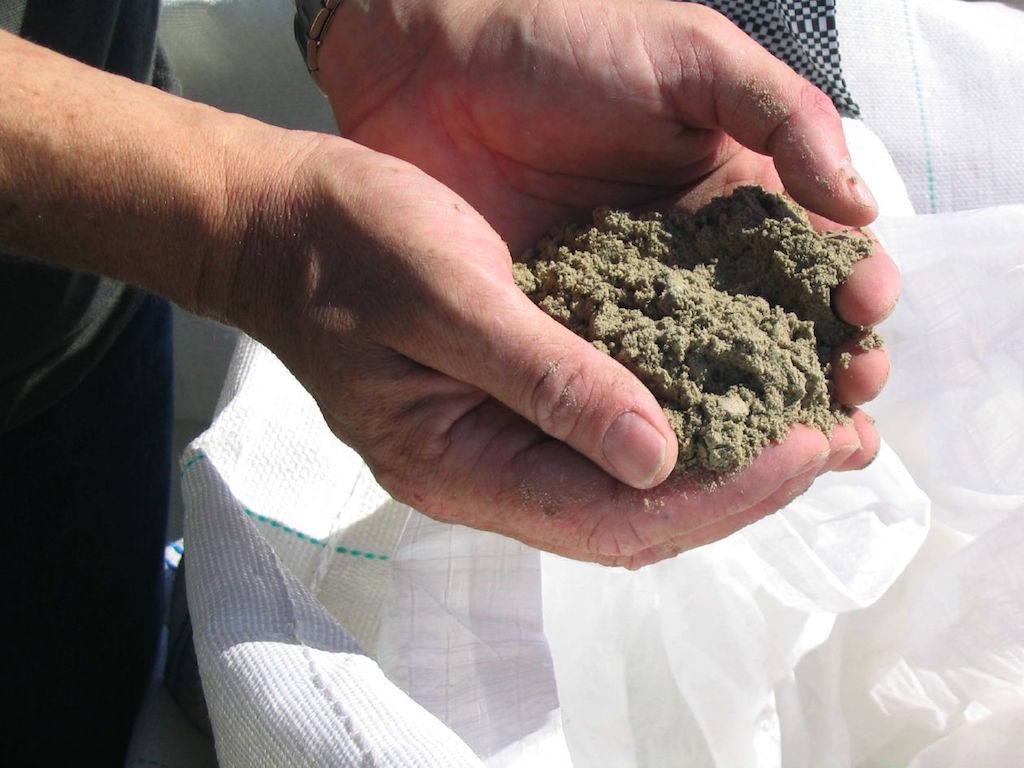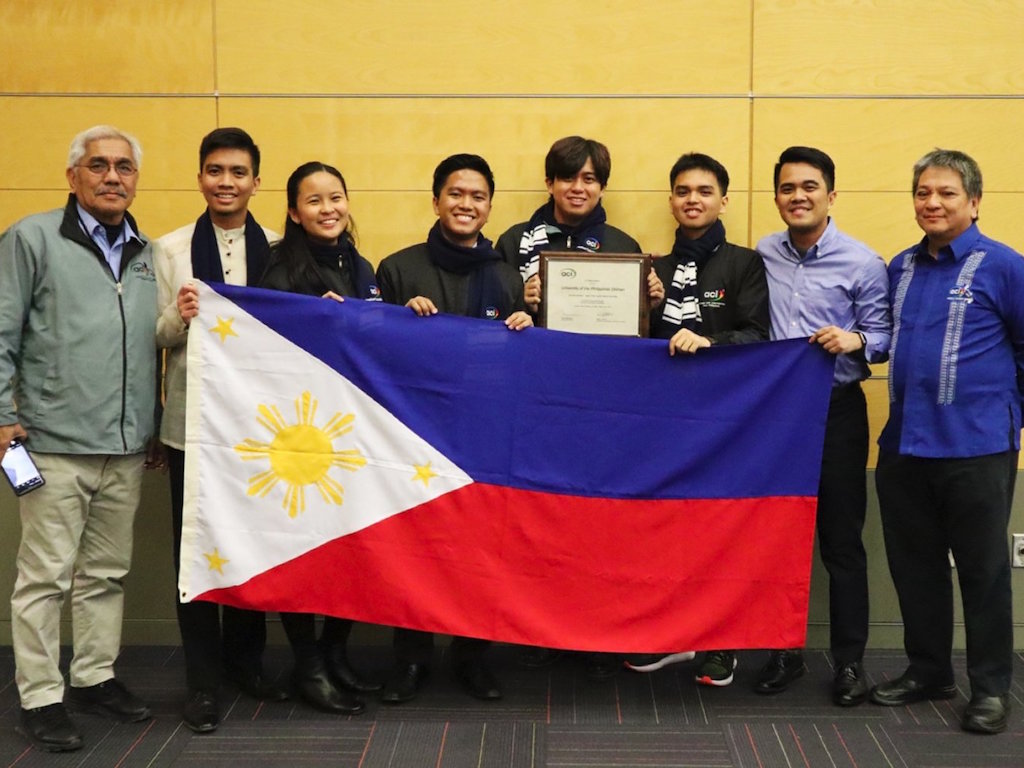3 Mins Read
A team of civil engineering students from the University of the Philippines has developed an environmentally-friendly concrete that is made from recycled and locally sourced materials. Their innovation, a concrete made from fly ash, waste glass and the locally abundant rock pozzolanic tuff, won them the eco-concrete prize in a competition organised by the American Concrete Institute in Canada. As demand for concrete continues to grow due to rapid urbanisation, these students hope that their sustainable concrete solution can be adopted to lower our environmental footprint on our quickly degrading planet.
Students Angelica Anne Munar, Ryan Christopher Ramelo, Paulo Santos and Alexis Declaro from the University of the Philippines have invented a new more eco-friendly formulation of concrete. Instead of gravel and cement, the group’s eco-concrete is made from recycled materials such as fly ash and waste glass, and is combined with pozzolanic tuff, a type of local porous rock that can be commonly found within their university campus in Quezon City.

In their tests, the young civil engineers found that their version had an improved level of sustainability of 23.9% compared to conventional mixes. This was calculated using five environmental and health measures: impact on global warming, carcinogenic toxins, ozone depletion, ecotoxicity and fossil fuel depletion. Students also reported that their eco-concrete mix showcases comparable levels of durability and strength to regular concrete.
Conventional production of concrete involves a mixture of water, aggregate and Portland cement. This traditional process is responsible for significant levels of greenhouse gas emissions, accounting for around 7% of total global output according to the International Energy Agency (IEA). Concrete manufacturing also damages topsoil, the most fertile layer of the earth, which is crucial for sustaining the world’s food supply. With the United Nations IPCC body repeatedly highlighting the dangers of continued soil erosion and land destruction, it is vital that new technologies are developed to curb the environmental consequences of all types of human activities, including our demand for cement production as the world continues to undergo rapid urbanisation.
This is where the students’ eco-concrete, which utilises recycled materials and pozzolanic tuff, which is found in a locally abundant type of rock, comes into the picture as a clear solution that can help improve the sustainability of concrete manufacturing. At a time when our climate crisis continues to escalate, the way we create concrete “must be revisited to achieve environmental sustainability in the decision-making process,” said the students in their description of the invention. Their work has won them first prize in a competition organised by the American Concrete Institute (ACI) in Canada in March last year.

Scientists have attempted to make concrete more sustainable in other ways. A team at Lancaster University in collaboration with Scottish company CelluComp has recently created a vegetable-based concrete formula that uses particles extracted from beetroots, carrots and other root vegetables. Not only have they found that their mixture helps to reduce the energy consumption and carbon emissions associated with traditional cement production, the team found that adding root vegetables increases the level of calcium silicate hydrate in the cement, which makes it significantly more durable.
More exciting sustainable innovations are happening in the Philippines. Recently, the country’s Design Center has created a specialty treeless paper called Pinyapel, which is made from discarded pineapple leaves that would otherwise go to waste, and is useful in many applications from coffee cups to paper shopping bags. Also tackling food waste alongside plastic pollution is young scientist Motinola, who has invented a new blend of water soluble bioplastic using the locally abundant ingredients mango peels and seaweed.
Lead image courtesy of University of the Philippines.




